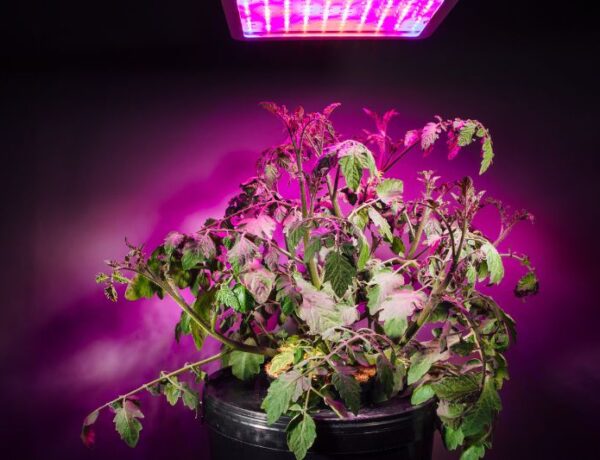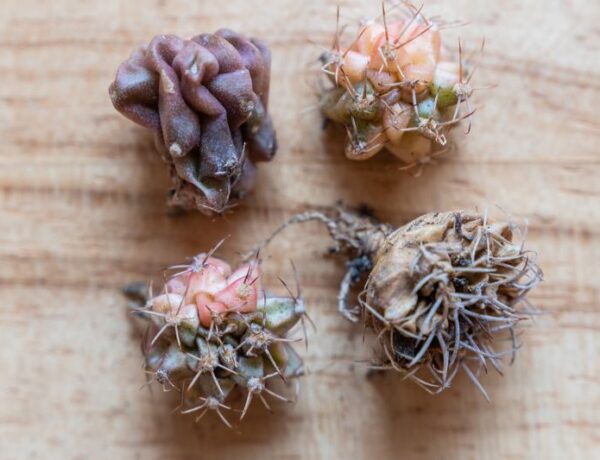Kalanchoe blossfeldiana, popularly known as Flaming Katy or Florist Kalanchoe, is a vibrant succulent cherished for its bright flowers and rich green foliage. However, like any other plant, the Kalanchoe can encounter issues that can lead to abnormal growth patterns, such as legginess.
Understanding the causes of leggy growth can help you take preventive measures and provide optimal care for your plant. Also, make sure to check our article on kalanchoe care to learn more about its growing requirements!
Table of Contents
The Common Culprit: Lack of Sunlight
First things first, your Flaming Katy loves sunlight. Photosynthesis, the process that helps it make food, needs three things: nutrients from the soil, carbon dioxide from the air, and sunlight.
If your Kalanchoe doesn’t get enough of that golden light, it might start stretching the stems out like it’s trying to reach for the sun. So, if you notice leggier stems, it’s your plant’s way of saying, “I need more sunlight, please!” Once it’s fixed, your kalanchoe should stop with the stretching and go back to its normal growth pattern.
Besides getting leggy, your Kalanchoe might stop blooming or not flower at all without sufficient lighting.
Other Factors Contributing to Legginess in Kalanchoe
- Improper Pruning
Improper pruning can also lead to a leggy Kalanchoe. The plant needs sufficient nourishment to sustain its many leaves, flowers, and stems. If dying parts of the plant are not pruned, your plant will continue to nourish these parts, wasting resources that could have been used to support healthy growth.
- The flowers are blocking the light
The dense growth of flowers in Kalanchoe blossfeldiana may block sunlight from reaching the green leaves, where photosynthesis takes place. If too many flowers grow and cover her green leaves, your Kalanchoe might not get enough light to keep its bushy appearance.
- Watering Issues
Both overwatering and underwatering can trigger legginess in Kalanchoe. Too little water makes it hard for the plant to absorb nutrients from the soil, while too much water can drown or rot the roots, inhibiting nutrient absorption.
In both cases, the disruption of the photosynthesis process may prompt the Kalanchoe to elongate its stems in search of more sunlight or nutrients.
- Pot Size and Soil Volume
Last but not least, make sure your Kalanchoe isn’t outgrowing her pot, as the the soil might not be enough to nourish a larger plant, causing legginess. A tight pot or limited soil could also lead to root binding, which isn’t good for your plant’s growth.
Steps to Fix and Prevent Legginess in Your Florist Kalanchoe
- Make sure it receives enough sunlight
If you’ve noticed your Kalanchoe getting leggy, the first thing to check is if it’s getting enough sunlight. Try placing your plant near a south-facing window where it can bask in the sunlight.
- Pruning: The Secret to a Bushier Katy
Pruning is a great way to help your plant bounce back. By pruning back the leggy stems, you encourage a more compact and bushier growth. You might even see some new shoots springing up from the pruned areas. Remember to use a clean, sharp pair of gardening shears or scissors to avoid causing any damage or disease.
- Adjust its watering schedule
Adjust your watering practices if needed. If you’ve been overwatering or underwatering your Flaming Katy, it’s time to get back on track. Water only when the top two inches of soil are dry. This will help absorb nutrients better and recover from being leggy.
- Make sure to repot your Kalanchoe when it outgrows its pot
If your plant has outgrown the current pot, repotting can do wonders. A bigger pot with fresh potting mix will provide more space to grow and develop. Choose a pot with good drainage to avoid waterlogging the soil, which can harm your plant’s roots.
Wrapping it Up
While these steps could help, remember that each plant is unique and may respond differently. Monitor your plant regularly, adjust care as needed, and be patient. With time, your leggy Katy should start to recover and grow in a more compact manner.






No Comments